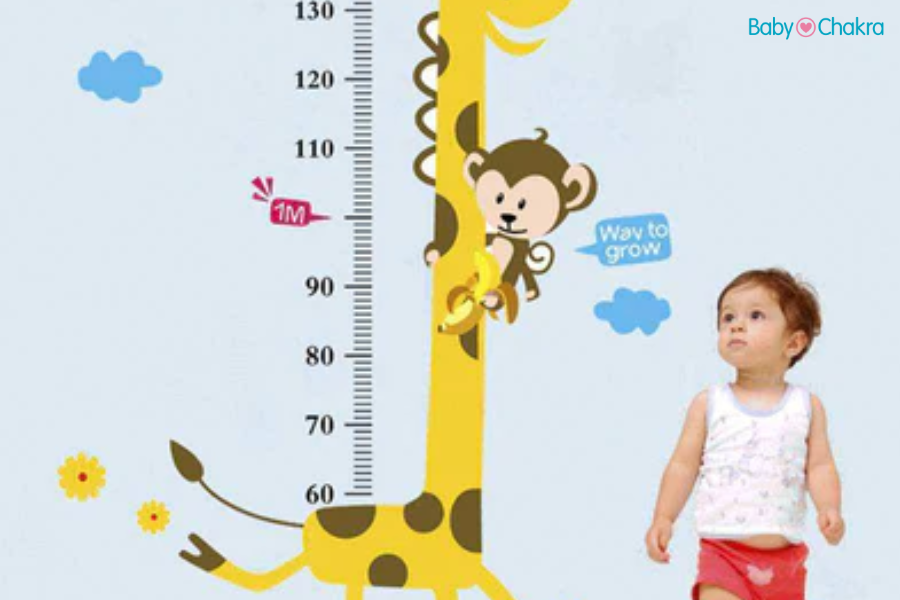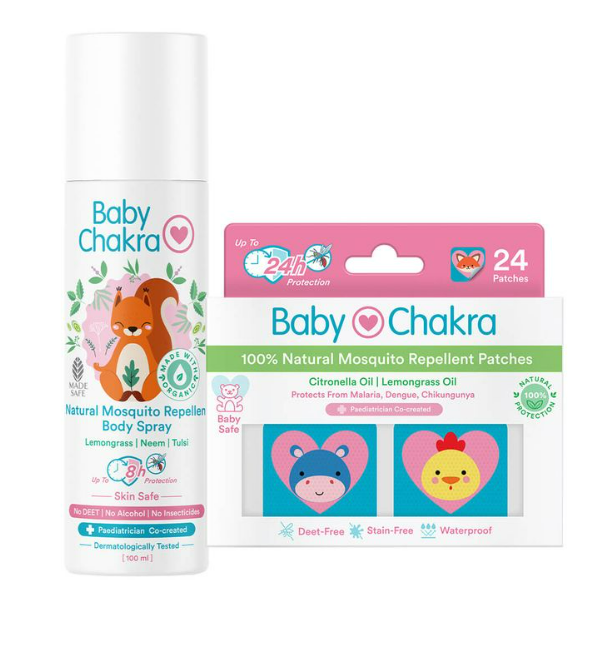
What Is The Average Height And Weight Of A 2-Year-Old Child?
13 Jun 2023 | 4 min Read
Manisha Pradhan
Author | 1053 Articles
The terrible twos, endless curiosity, and boundless energy are what two-year-olds are all about! As parents, we are always fascinated by the rapid changes our little ones undergo during this phase.
One common question that most parents ask is, “What is the average weight and height of a two-year-old child?” Read on to find out.
What Is The Average Height And Weight Of A 2-Year-Old?
While children’s growth patterns can vary, there are average ranges for height and weight of 2-year-old kids, that can serve as general guidelines.
Average Height of A 2-Year-Old
When it comes to height, two-year-olds show a wide range of measurements. On average, a two-year-old boy stands at around 33 to 35 inches tall, while a two-year-old girl measures approximately 32 to 34 inches in height. Commonly half of the children fall within this range.
Average Weight of A 2-Year-Old
Weight is another vital aspect of a child’s growth. At two years old, boys typically weigh around 12 to 14 kilograms, while girls tend to weigh slightly less, around 11 to 13 kilograms. As with height, half of the children fall within these ranges.
However, it is important to remember that these figures are approximations, and each child grows at their own pace.
What Are The Factors That Affect Growth and Weight?

Genetics
A child’s genetic makeup significantly influences their growth potential. Genetic factors determine a child’s growth trajectory, including their final adult height and weight. However, genetics alone do not determine a child’s overall growth; it is a combination of genetic and environmental factors.
Nutrition
Adequate nutrition is crucial for healthy growth and development. A well-balanced diet, rich in essential nutrients such as proteins, carbohydrates, healthy fats, vitamins, and minerals, provides the building blocks for growth. Parents should ensure that their child’s diet includes a variety of fruits, vegetables, whole grains, lean proteins, and dairy products. Consulting a paediatrician or a registered dietitian can help create a tailored meal plan for your child.
Physical Activity
Regular physical activity is vital for a child’s overall health and growth. Encouraging active play, such as running, jumping, climbing, and dancing helps stimulate bone and muscle development. Engaging in age-appropriate activities also promotes coordination, balance, and motor skills.
Sleep
Sufficient sleep is crucial for a child’s growth and development. During sleep, the body releases growth hormones that support tissue repair and growth. Establishing a consistent bedtime routine and ensuring an appropriate amount of sleep for your child’s age will aid in their growth and overall well-being.
Emotional Well-Being
A nurturing and supportive environment positively impacts a child’s growth. Emotional well-being is closely linked to physical health. Providing love, care, and a safe environment fosters healthy growth and development.
What Can I Do To Help My 2-Year-Old’s Weight And Growth?
- Regular Check-ups: Schedule regular visits to the paediatrician to monitor your child’s growth. Your doctor will measure their height, weight, and head circumference, and compare them to growth charts to ensure they are within the expected range.
- Balanced Diet: Offer a wide range of nutritious foods to meet your child’s nutritional needs. Limit sugary snacks and beverages, opting for whole foods instead.
- Active Lifestyle: Encourage physical activity and engage in active play with your child. Visit parks, encourage exploration, and participate in age-appropriate activities together. Limit screen time and promote outdoor play whenever possible.
- Healthy Sleep Habits: Establish a consistent bedtime routine and ensure that your child gets enough sleep based on their age. Create a calm and soothing sleep environment to support quality rest.
- Emotional Support: Provide a loving and supportive environment that nurtures your child’s emotional well-being. Offer praise, encouragement, and engage in positive interactions. Respond to their emotional needs and foster a strong parent-child bond.
It’s important to remember that these figures are merely guidelines. Each child develops at their own pace, and as long as they are thriving and receiving proper care, they are on the right track. So, cherish every moment of your child’s unique journey and celebrate their individuality!
Recommended skincare products for toddlers
Also Read:
Preity Zinta’s Toddler Helps Her Clean The Floor: Here Are 7 Age-Appropriate Chores For 2-Year-Olds.
Average Height And Weight Of A Four-Year-Old Child: What You Need To Know
Cover image source: aliexpress.com
A


Related Topics for you
Suggestions offered by doctors on BabyChakra are of advisory nature i.e., for educational and informational purposes only. Content posted on, created for, or compiled by BabyChakra is not intended or designed to replace your doctor's independent judgment about any symptom, condition, or the appropriateness or risks of a procedure or treatment for a given person.


